The term “customer-centric” is often thrown around, but what does it actually mean – especially in the world of commercial property?
For landlords looking to make their office spaces more appealing, being customer-centric means creating environments that are easier to lease, high-quality, visually appealing, unique, friendly, and kinder to the planet.
Here’s how to achieve that:
1. Make it easier
Historically, leases were long and conventions odd, often taking up to 6 months to occupy an office. Once moved in, issues with internet, interior design, and maintenance arose – even before considering service and sustainability.
The process was expensive, inflexible, and confusing.
So the rapid growth of serviced offices is no surprise: they simplified everything for the customer. While not everyone wants a serviced office, everyone wants an office with service.
Reducing friction in the buying process is crucial. We must make the process transparent and less burdensome – turning the customer’s decision into an ‘easy yes’.
For example:
- Offer flexible lease terms and virtual tours
- Send lease proposals within 2 hours – include alternate floor plans
- Write short-form leases without complex legal jargon
- Provide a comprehensive welcome pack
It all starts with making it easy.
2. Make it quality
Quality is key. It’s about showing respect for the customer by providing something truly valuable. Tenants easily discern the difference between cheap and high-quality – they gravitate towards the latter. Quality always wins the long game as it breeds satisfaction and strong loyalty.
It is important for the following reasons:
- Resilience: High-quality offices are more resilient in fluctuating markets. During periods of low demand, tenants will still prefer your property over others. When times are tough, you can adjust prices; when times are good, you can justify higher rents.
- Longevity: Quality buildings last longer and require less maintenance. Investing in top-notch materials and construction ensures your property remains attractive and functional for years, reducing long-term costs.
- Value Perception: Quality spaces are perceived as more valuable, making it easier to attract and retain tenants. Tenants are willing to pay a premium for spaces that meet their standards and expectations.
Quality is achieved by using durable, high-end finishes for a premium feel and incorporating modern amenities like smart building systems, high-speed internet, and energy-efficient HVAC systems.
For example, at 79 Clerkenwell we included a thoughtfully designed reception area with architectural furniture and digital display screen, superior Scandinavian wooden desks with task lighting, and state-of-the-art Daikin air conditioning.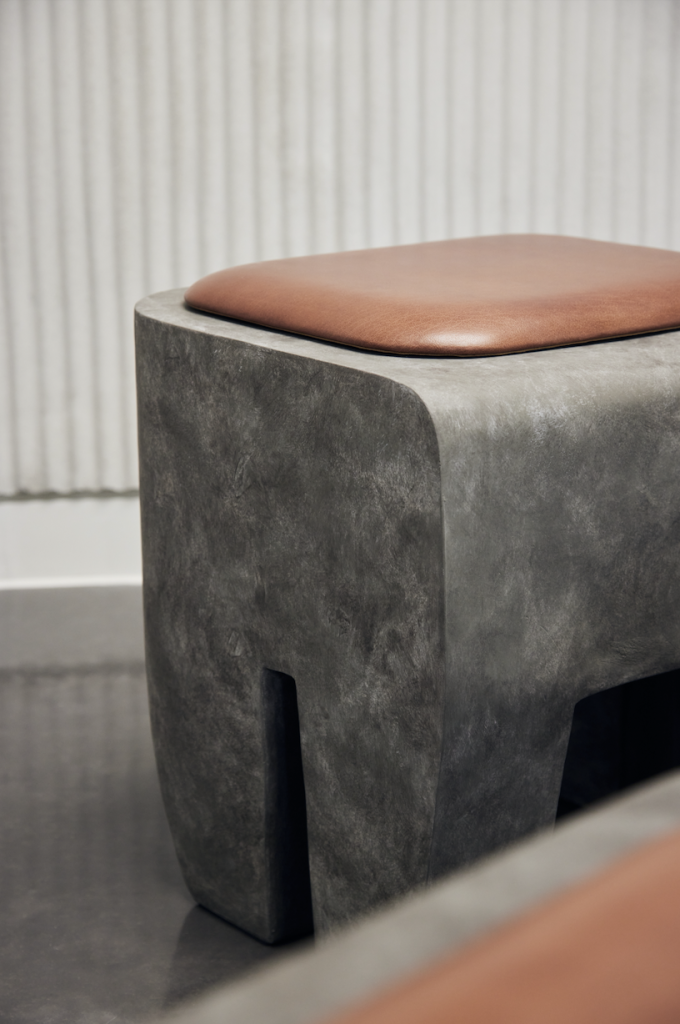
3. Make it prettier
The truth is, we eat with our eyes. First impressions matter, that’s why Steve Jobs obsessed over the iPhone packaging and curved edges.
The exterior and entrance of your building is the first thing customers see. It can make or break their decision to enter – and leaves a lasting impression.
A beautiful, welcoming entrance increases foot traffic and makes your property stand out from the competition. It benefits your current tenants and attracts new ones.
At 16 Laystall Street, we upgraded the entrance experience and developed an eye-catching façade using striking green tiles complementing the Regency Clerkenwell style. Today, it’s a hot spot for Instagram selfies and was recently featured on an episode of the ‘The Apprentice’.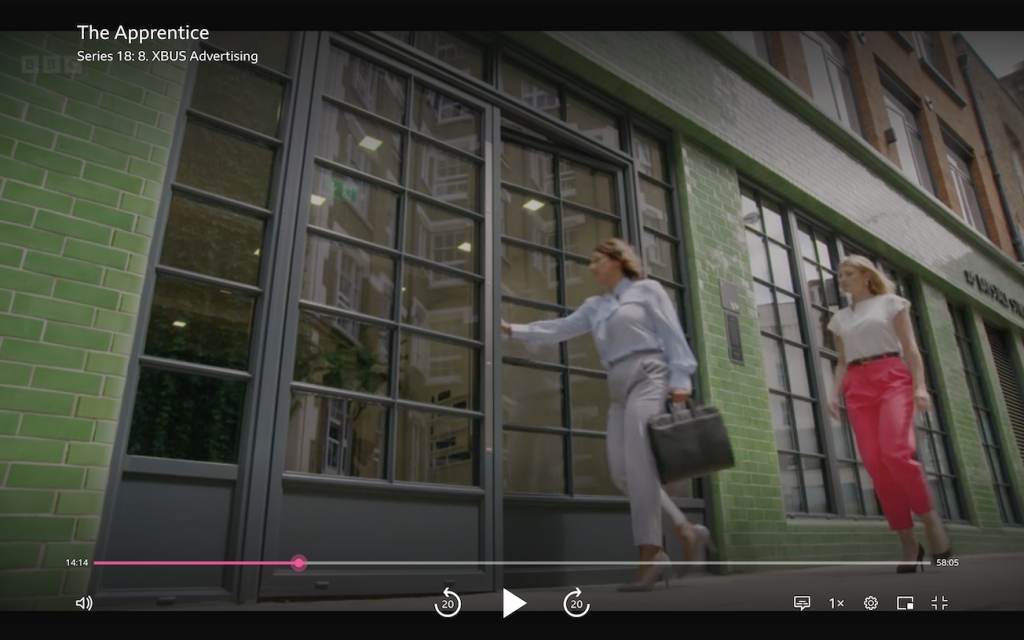
4. Make it different
To be customer-centric, offer what others don’t but what everyone wants. Hone your unique selling proposition (USP) and communicate it clearly. Focus on solving a specific problem or meeting a unique need through a distinctive offer, a unique aesthetic, or memorable marketing campaign – ideally, all three.
In the challenging leasing market of 2020, TSP executed a standout marketing campaign. With lockdowns and many vacant spaces, we knew competition would be fierce. While others raced to the bottom on price, we chose to compete on positioning.
Our competitors focused on the mundane details of ‘what you get’ – empty office photos, local coffee shops, toilet ratios – we shifted the narrative to ‘what you can do.’ Our campaign showcased the flexibility and creativity our offices offered, symbolised by a young dancer from the Royal Ballet School.
Within months, we leased everything – welcoming 12 new tenants across c. 40,000 sq ft.
Being different stops the scroll, sparks curiosity, and attracts customers.
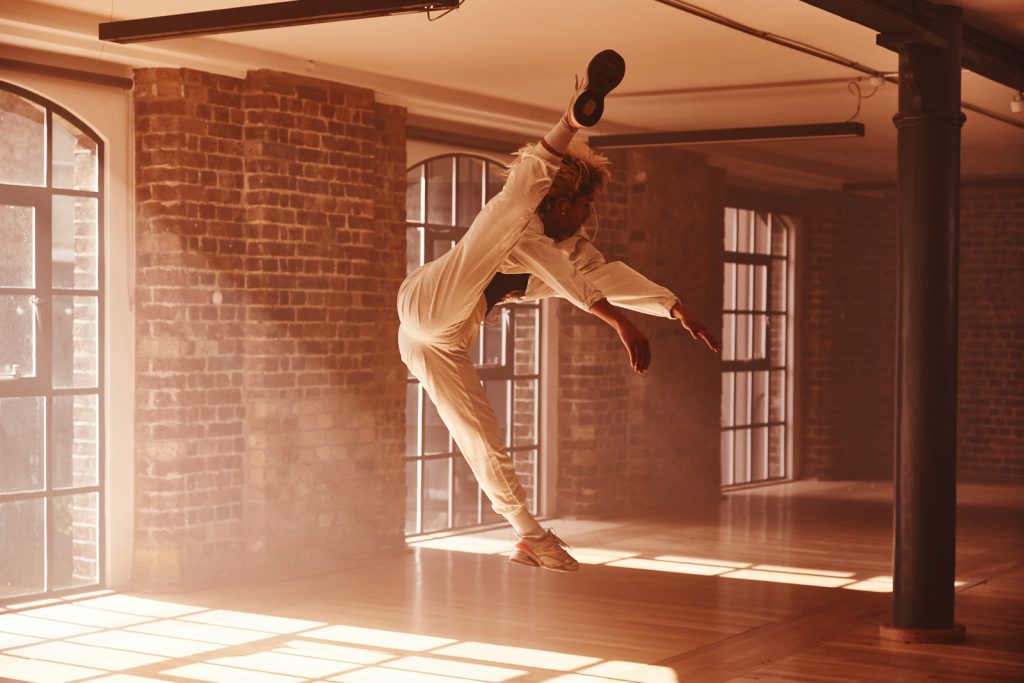
5. Make it more friendly
Many brands and products intimidate or alienate customers. Do the opposite, be human and approachable.
For example, avoid excessive and confusing terminology:
- CAT A or CAT A+
- Private Office (there isn’t a public office)
- Serviced & Co-working (what’s the difference?)
- HVAC, MEP, Structured Network
- Slab to slab, perimeter or raised access
This can be baffling and unhelpful. When in reality, customers are looking for a place to grow their business, and something within their budget.
Any customer interaction is an opportunity to impress, to build a friendly human connection, to make them like you, and to make them want to keep buying from you.
But lots of brands view it as an inconvenient necessity – rather than an opportunity. How can you make it more efficient? Reduce the need for humans? The result is FAQs rather than a meaningful phone call; a generic email by ChatGPT rather than a personal note that makes someone smile.
FAQs and ChatGPT have their place – but to be truly for the customer, people must also see you as humans and feel good about you.
For example, at TSP:
- We visit all tenants in-person to regularly check in and leave a small gift
- We organise light-touch community events such as ice cream van visits – a fun way to interact with tenants
- We listen and respond quickly on WhatsApp
- We still handwrite all of our Christmas cards!
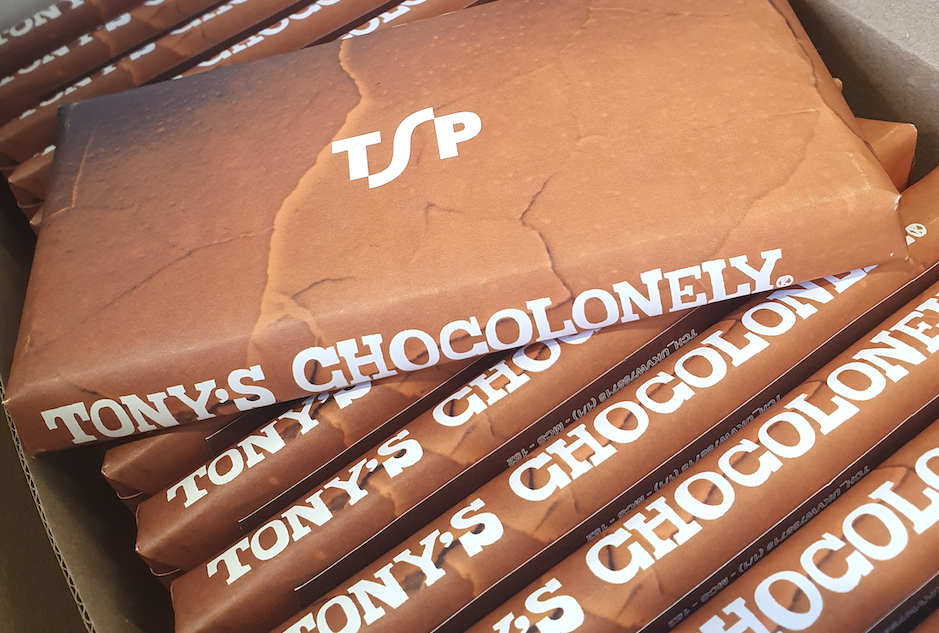
6. Make it kinder to the planet
A sustainable approach resonates deeply with customers. Our recent conversation with Trustek revealed a 130% increase in ESG strategies in 2023.
A product designed with sustainability in mind has innate logic – it just makes sense. Done well, it even appeals to those for whom the environment is not a priority.
For an in-depth guide on how to make your property more sustainable, check out our Ultimate Checklist to Achieve EPC B.
At TSP, we’re committed to leaving assets in a better condition than we found them. We have set ambitious goals to upgrade our entire managed portfolio to achieve EPC B. We focus on bringing London’s older building stock up to modern standards.
It is why we pursued the B Corp accreditation in 2021, as our framework to be kinder to the planet.
These 6 principles form a checklist on how to make an office product truly for the customer. They also act as a north star guiding every property and asset management decision we make.
Featured Stories & Insights
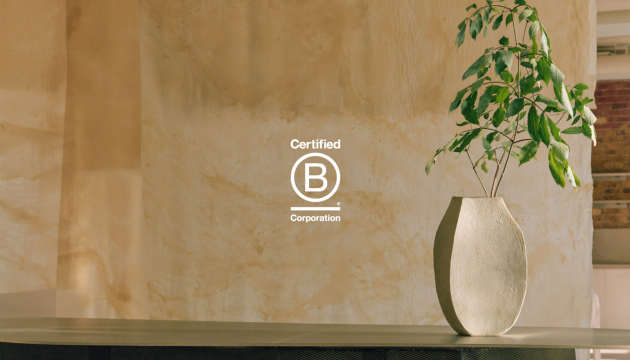 7th July 25
7th July 25
TSP Re-certified as a B Corp
LONDON, 7th July 2025 – TSP, a multi‑award‑winning investment and real‑estate asset manager headquartered in...
Read More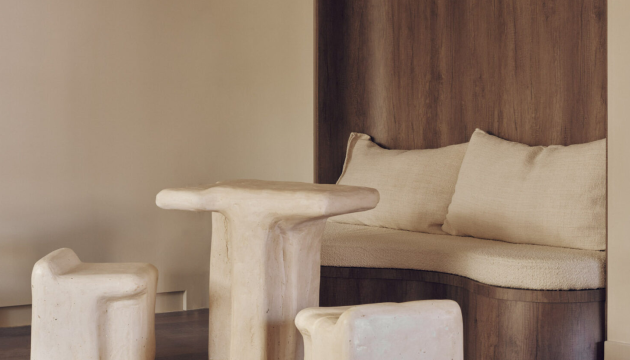 2nd July 25
2nd July 25
TSP CEO Zac Goodman Named Property Leader of the Year at Property Week Awards 2025
LONDON, 2nd July 2025 — TSP is proud to announce that CEO and founder Zac...
Read More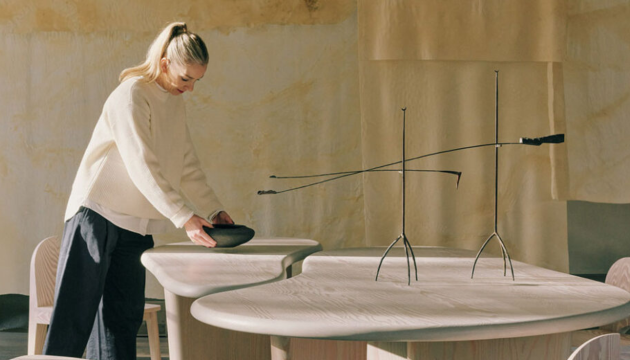 19th June 25
19th June 25
As Featured in: Flex and the City | How Zac Goodman made his mark in third sector property
TSP Founder and CEO Zac Goodman shares his remarkable journey. From analysing interest rates at...
Read More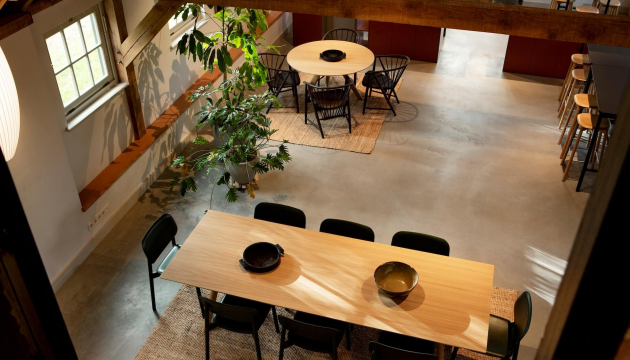 17th June 25
17th June 25
TSP and NORNORM Collaborate to Redefine Office Spaces in London
LONDON, 17th June 2025 – TSP, a leader in property and community management, has announced...
Read More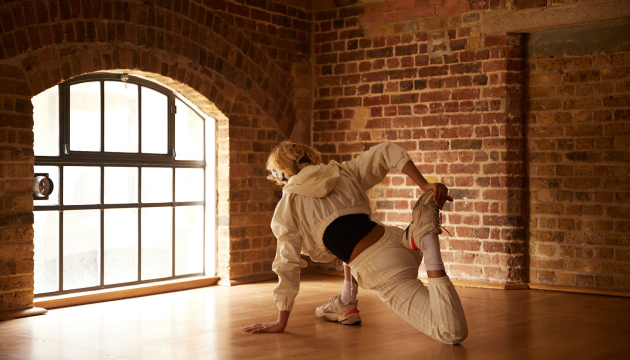 12th June 25
12th June 25
6 Mistakes to Avoid in Property Maintenance
Property management and maintenance can be a seamless process. But small errors can quickly escalate...
Read More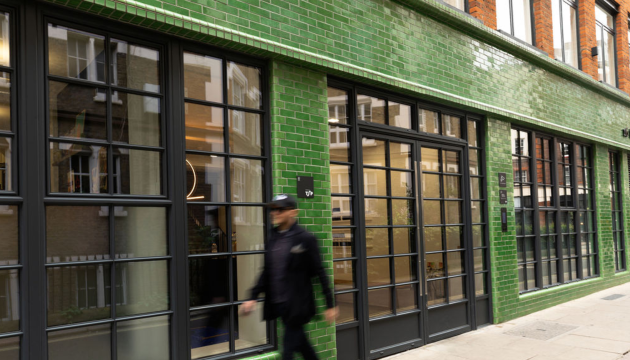 9th June 25
9th June 25
5 Common ESG Requirements and How To Address Them
As ESG considerations become a driving force in business, organisations are under increasing pressure to...
Read MoreView all